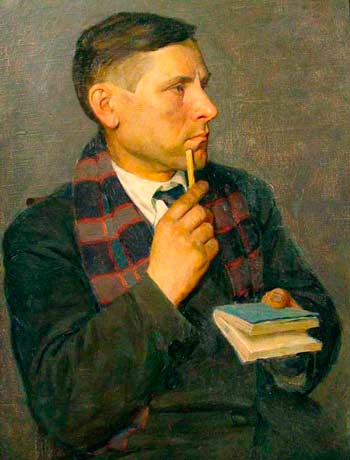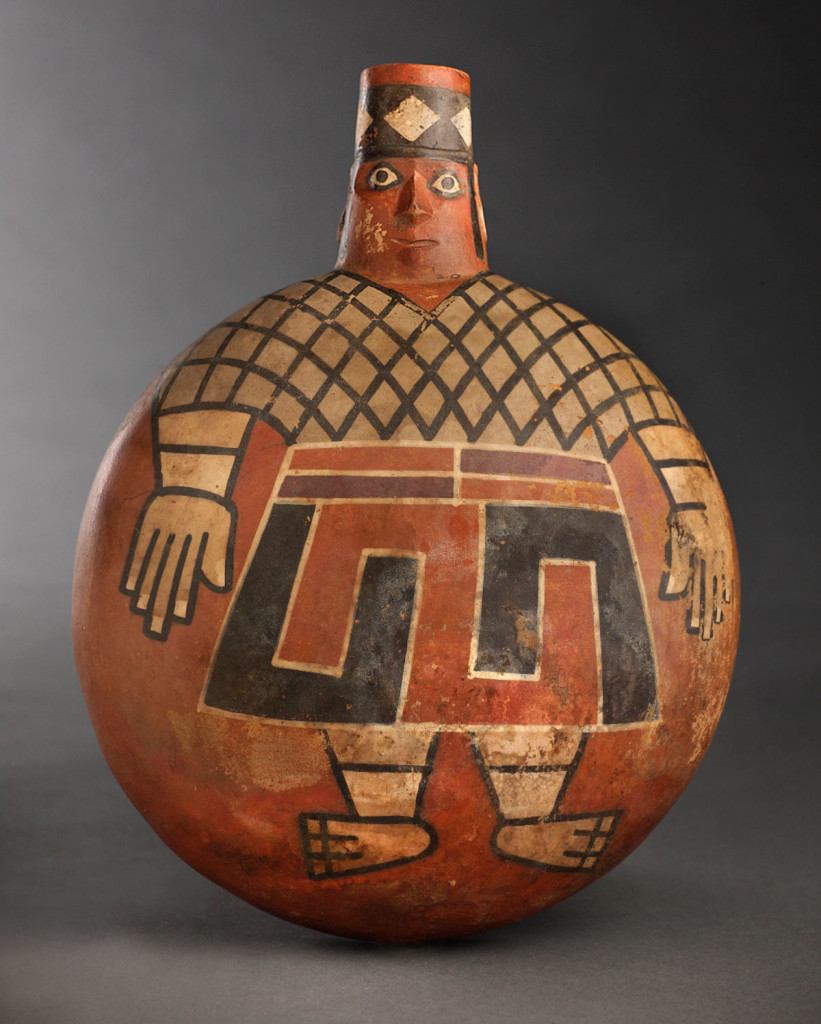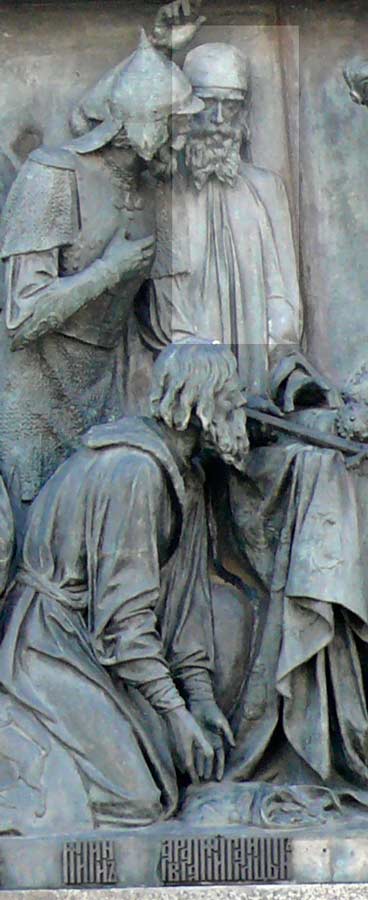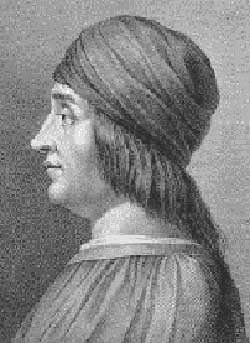SOC-ART IN THE LITERATURE
 According to the Lexicon Nonclassics, this term originated in 1972–1973 to the circle of artists Vitaly Komar and Alexander Melamid as a kind of ironic centaur of domestic “social realism” and “pop art”, then familiar to our fellow citizens only by hearsay And the essence of the phenomenon itself in the use and parody reinterpretation of the most odious stereotypes, formulas, symbols and signs of both the state-owned art of socialist realism and the entire Soviet propaganda industry. “Pop art,” notes Max Frei in his Art-Alphabet, “could have arisen only in the“ consumer society, ”and social art was a product of a totalitarian society, all of whose members were victims of violent ideologization. Sots Art deconstructs the language of power, in this sense it is close to the tradition of a political anecdote – that’s why we love it. So far, by the way. ”
According to the Lexicon Nonclassics, this term originated in 1972–1973 to the circle of artists Vitaly Komar and Alexander Melamid as a kind of ironic centaur of domestic “social realism” and “pop art”, then familiar to our fellow citizens only by hearsay And the essence of the phenomenon itself in the use and parody reinterpretation of the most odious stereotypes, formulas, symbols and signs of both the state-owned art of socialist realism and the entire Soviet propaganda industry. “Pop art,” notes Max Frei in his Art-Alphabet, “could have arisen only in the“ consumer society, ”and social art was a product of a totalitarian society, all of whose members were victims of violent ideologization. Sots Art deconstructs the language of power, in this sense it is close to the tradition of a political anecdote – that’s why we love it. So far, by the way. ”
About the public’s unpopular love for this phenomenon will be said, but for now, we note that in the art of speech, Sots-Artov motifs and techniques appeared by the mid-1980s, giving us literary monuments like the early stories and the novel “The Thirtieth Love of Marina ”Vladimir Sorokin (1987), the story by Yevgeny Popov“ The Soul of the Patriot, or Various Messages to Ferfichkin ”(1989) and his novel“ The Beautifulness of Life ”(1990), the poems of Timur Kibirov and Mikhail Sukhotin, a series of poems by Dmitry Prigov about Militsaner. The Sots-Artovskaya element in its origin was also reflected in the work of the ironist poets (for example, Vladimir Druk, Igor Irtenyev), and in the work of the polystylists (Nina Iskrenko and others), and in prose (the story of Fridays by Anatoly Gladilin, essayist cycle of Vladimir Voinovich “Anti-Soviet Soviet Union”, a novel by Anatoly Zlobin “Dismantling”). Which, however, is not surprising, since social art could not be better answered by the task of defying communist ideology and the canons of socialist realism, which the society was facing.
This task was solved (or it seemed that it was solved) surprisingly quickly, and already in the early 1990s, the Sots-Artov wave in our literature, as, incidentally, in the visual arts, began to decline, becoming the property of trash literature , as well as all kinds of epigones and graphomania. The Yeltsin regime not only did not give rise to a new mythology, but also refused to try to persistently introduce the language of the new government — accordingly, nothing seemed to ridicule. Soviet aesthetics and paraphernalia, on the contrary, began to arouse in many artists something like pleasant nostalgia instead of traditional mockery. “Sots Art — naturally, without knowing who Komar and Melamid are, Bulatov, etc. — became the design element of provincial restaurants,” says Alexander T. Ivanov, “And this is not just a fashion for the Soviet, but the texture of these Things have suddenly acquired an aesthetic quality – the ideological content has gone, and the texture has come up: velvet, gold embroidery … ”
As for questions about whether ideological content really left and whether such television projects as “Old Songs about the Essential” really are artistic mischief, for example, they remained debatable until Vladimir Putin’s initial years The state anthem of Sergei Mikhalkov and Anatoly Alexandrov, signs and symbols of the Soviet military prowess were returned to the usual place and until the propaganda machine became as powerful as it was for her and for the population. amb the idea of indissoluble connection of the new Russia with the legacy of the Soviet era. Under these conditions, when mockery changes places in places with affection (and, in fact, is replaced), social art got, it would seem, a new historical chance. But … so far he has not taken advantage of them, unless, of course, we take into account such exceptions as Viktor Shenderovich’s television and newspaper-magazine satires and Igor Irtenyev’s poetic satires. And if you do not believe in the prospects of the ambitious project of Marat Gelman “Russia – 2”, in which such burlesque authors as Vsevolod Emelin and Andrei Rodionov began to take part along with the artists.



